Most months of the year, finding time for me to be creative isn’t all that difficult. This is, in part, because I don’t have a day-job. Though I have obligations, as you do, I can generally build a good deal of creativity into my daily life.
And then December arrives.
I love Christmas. I love the parties, the presents, the wrapping, decorating, get-togethers with friends, baking, lights, candles, music, the memories, the magic. It is my holiday and my holiday runs from the day after Thanksgiving until the day the trees come down. (And that may be well into January!)
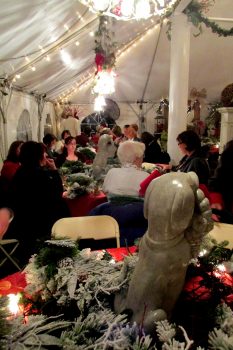
But with all the making merry, grabbing time to be creative can be a challenge. I’ve had to rethink my definition of creativity and how it applies to me. As I’ve been muddling this for a few weeks, I thought I’d share a few things I’ve come to realize.
First, there is more than one way to be creative. One of my pet peeves is when someone says to me, “You’re so creative. I’m just not. Not at all.”
I don’t believe that for a minute about anyone. The person who might say that to me could be a marvelous cook or a mathematician whose daily work would tie my mind in knots. And while one might say there are rules to both of those, I would say that any discipline has its so-called “rules” but the creative part is when you bend them to the situation. Modifying a recipe. Thinking outside the box on a scientific research experiment. Violating the principles of the color wheel. Would Einstein have discovered the theory of relativity if he didn’t think outside the box?
So my first thought is to think of all you do as a potential venue for your creativity to explode. The way you decorate the tree or hang your garland. The craft you might reluctantly be drawn into could find you reveling in the joy of creating something lovely. Those Christmas cookies — why not try fun-with-frosting instead of just the sugar sprinkles? Or a new recipe you’ve never before prepared?
Second, think of every holiday experience as a potential jumpstart for your creativity. When you attend your community’s tree lighting or drive through the neighborhood looking at lights, don’t leave it at that. Go home and write down five or ten thoughts about the experience. What did it look like or feel like and what does it mean to you. Chances are, you have just written a poem — or something that could be a poem.
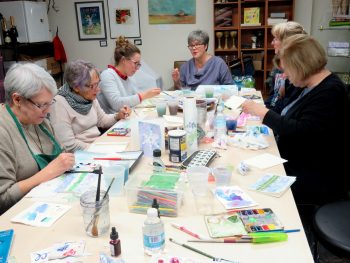 And the best part about this one is that you can do it with anything — the family gathering, your best friend’s party, the experience of baking cookies with the kids.
And the best part about this one is that you can do it with anything — the family gathering, your best friend’s party, the experience of baking cookies with the kids.
Take those thoughts a step further. Write them on bright paper, cut them out and hang them on a tree, put them in a scrapbook or make a “what’s this?” game from them. (Put the phrases into a pretty box. Players draw a phrase and have to figure out the experience.) Make your own rules! Does anyone really know all the official Scrabble rules?
Seek out a creative play date during the holiday, a time when you give yourself a few hours to engage in a creative activity. It might be an afternoon workshop where you paint Christmas cards or a gathering to make a wreath or holiday ornament. Maybe it’s the cookie exchange, but instead of putting your cookies in plastic bags for others to take home, wrap them up in style!
Each December, I attend a workshop that begins with a a lovely dinner followed by a project like this year’s “ice berry wreath” and “bucket o’ greens.” The group engages in a relatively simple activity that ends up looking great — and is useful. Many garden centers or craft stores host classes where you will leave with decorative holiday project. Look for card-making workshops or Christmas cookie-baking classes.
It’s a double win. Creativity without guilt. Not only do you carve creative time into your holiday, you also do something productive, something to be proud of. When you hear compliments on your wreath or baking you’ll have an extra smile because you had the experience of creating to go along with it.
I think of my friend Susan’s wrapping party. She served up cider and soup, tape and scissors and some paper and ribbons. Everyone brought their gifts and their own packaging and when the evening was over, much of their wrapping work was behind them.

Then there was my family’s Christmas wrapping contest. One gift would be wrapped “creatively” — that was the only “rule.” A poster took on new life as a trumpet. Rolls of old movie film turned into a bow. The year my mother was on a felt gingerbread-man stitching blitz inspired my dad to make a giant gingerman that looked like her small ones, and, leaving a small opening on the side, stuffed it with the earrings he gave her. That gingerbread man tops my kitchen trees forty years later.
Don’t forget the Internet. Thanks to blogs, Pinterest and Instagram you’ll find plenty of inspiring ideas for easy and fast projects, many done with a minimum of expense or time. Some of these projects can be done in the company of others — maybe your grandchild or your best friend. From simple ornament ideas to easy-to-make tags, you’ll find plenty of instructions to get you started. Chances are you even have most of the supplies you’ll need right at home!
Creativity and thoughtfulness can go hand in hand. Consider wrapping something you might give the person standing in the snow on the corner something in a pretty package — and include a thick Sharpie so they can actually make a readable sign.
Our creative souls don’t disappear during the busy season. Sometimes they go into hiding, just waiting to be coaxed out. And when you give yourself permission to let it go, you’ll not only have fun but you may discover new traditions in the process.
Now, I wonder what pile the watercolors are under?
About the Author: Jeanie Croope
 After a long career in public broadcasting, Jeanie Croope is now doing all the things she loves — art, photography, writing, cooking, reading wonderful books and discovering a multitude of new creative passions. You can find her blogging about life and all the things she loves at The Marmelade Gypsy.
After a long career in public broadcasting, Jeanie Croope is now doing all the things she loves — art, photography, writing, cooking, reading wonderful books and discovering a multitude of new creative passions. You can find her blogging about life and all the things she loves at The Marmelade Gypsy.

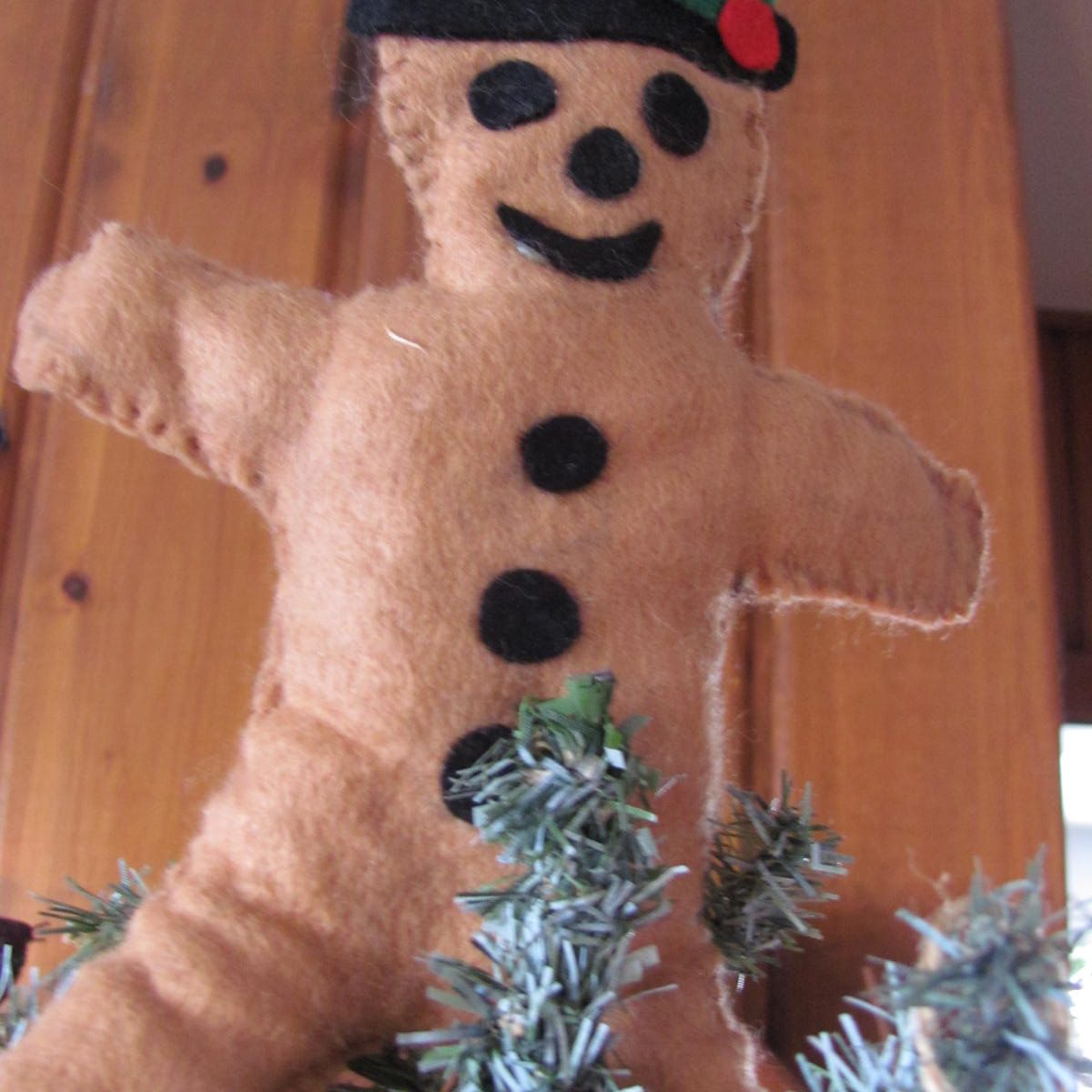
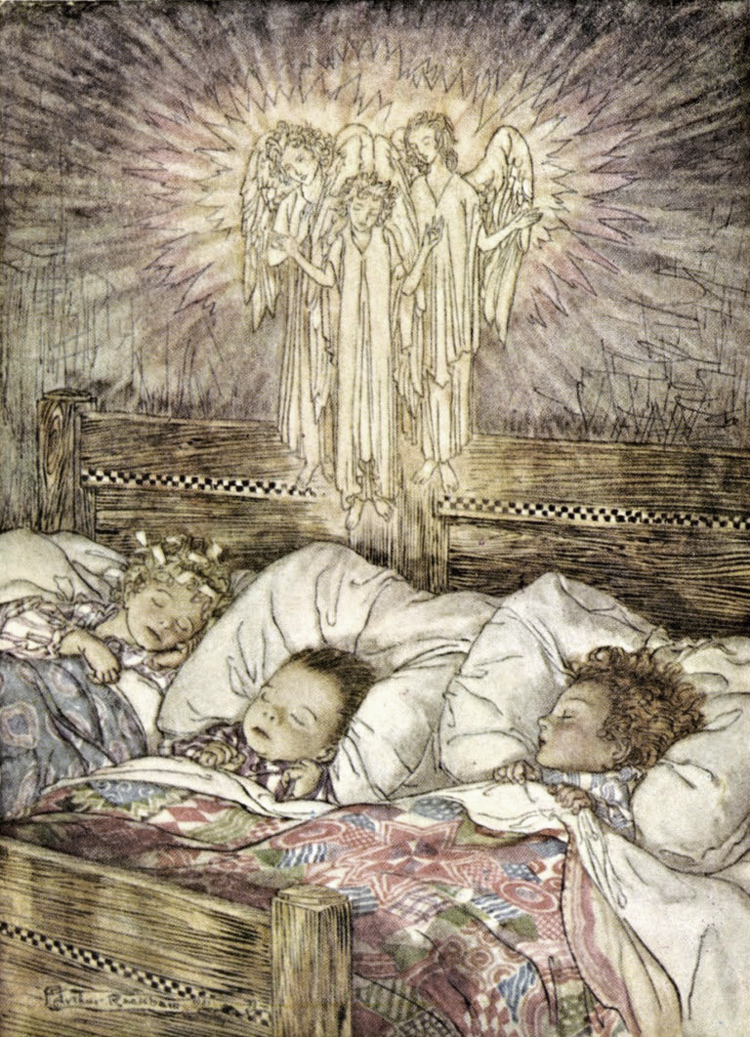
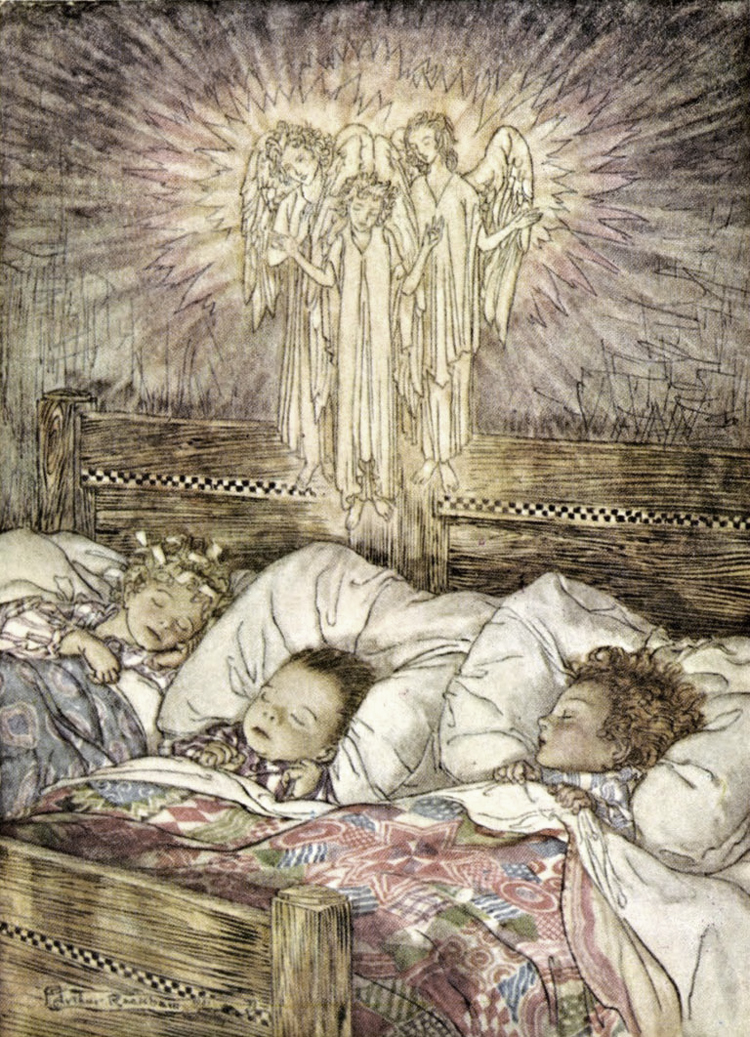
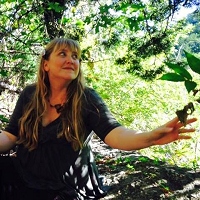 Hi, I’m Briana! I am a
Hi, I’m Briana! I am a 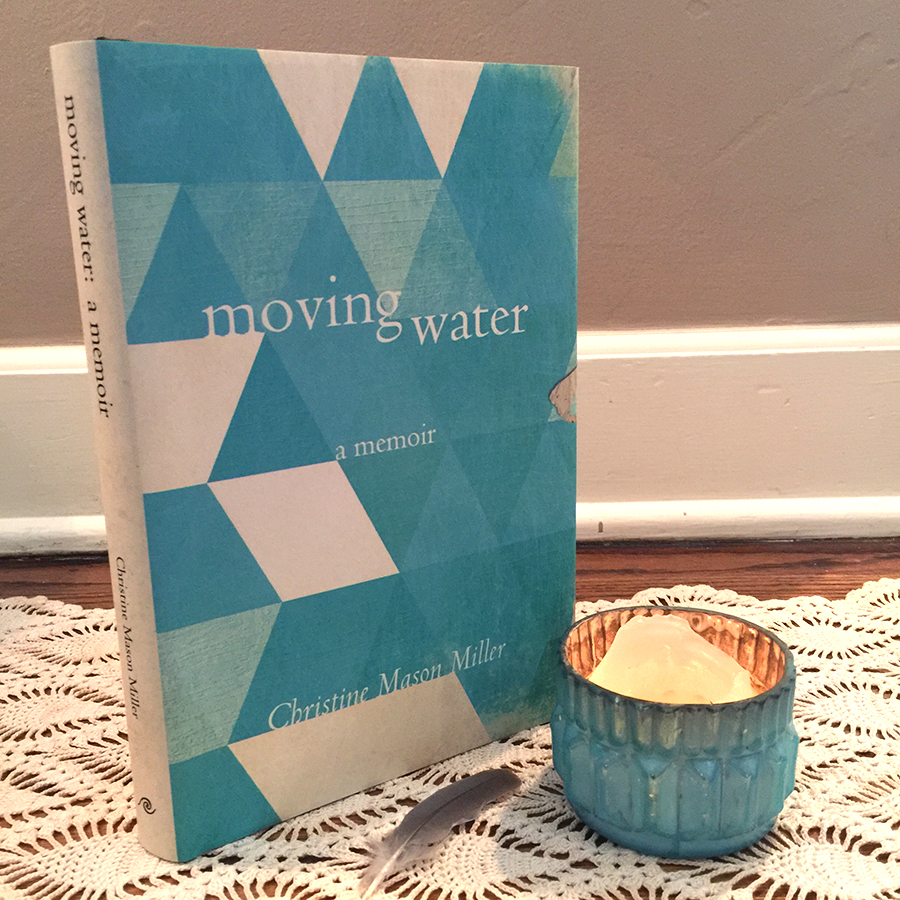

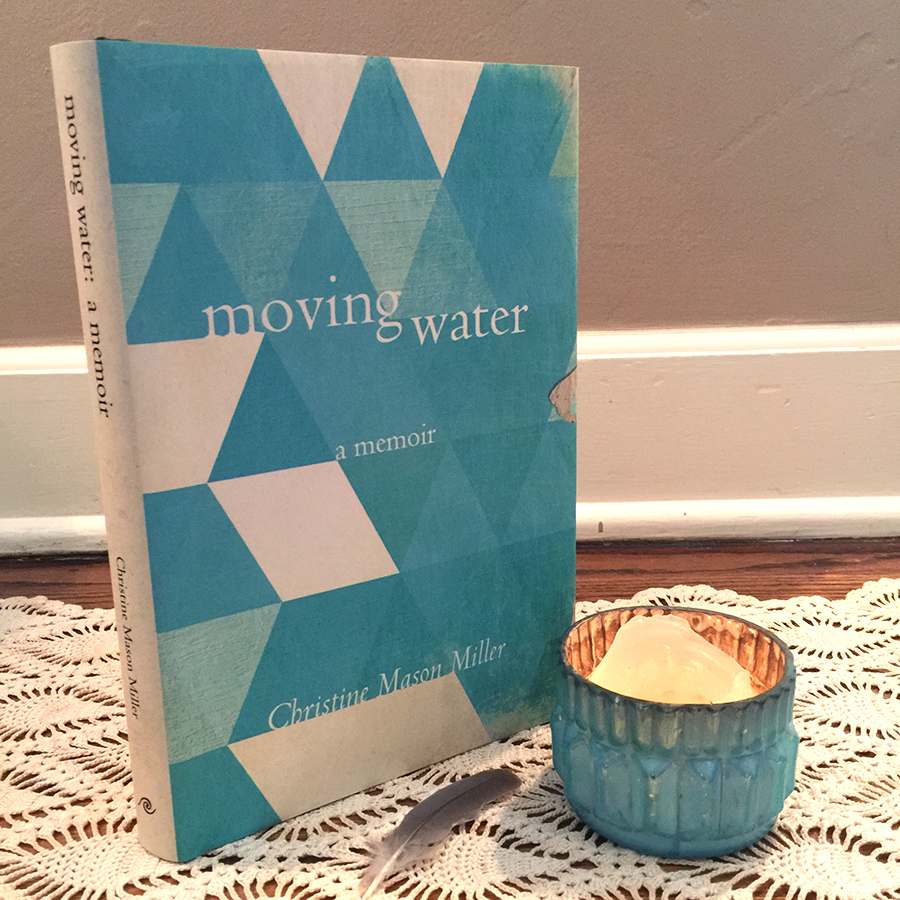
 Christine Mason Miller is an author and artist who has been inspiring others to create a meaningful life since 1995. Signed copies of her memoir, Moving Water, are now available for pre-order at
Christine Mason Miller is an author and artist who has been inspiring others to create a meaningful life since 1995. Signed copies of her memoir, Moving Water, are now available for pre-order at 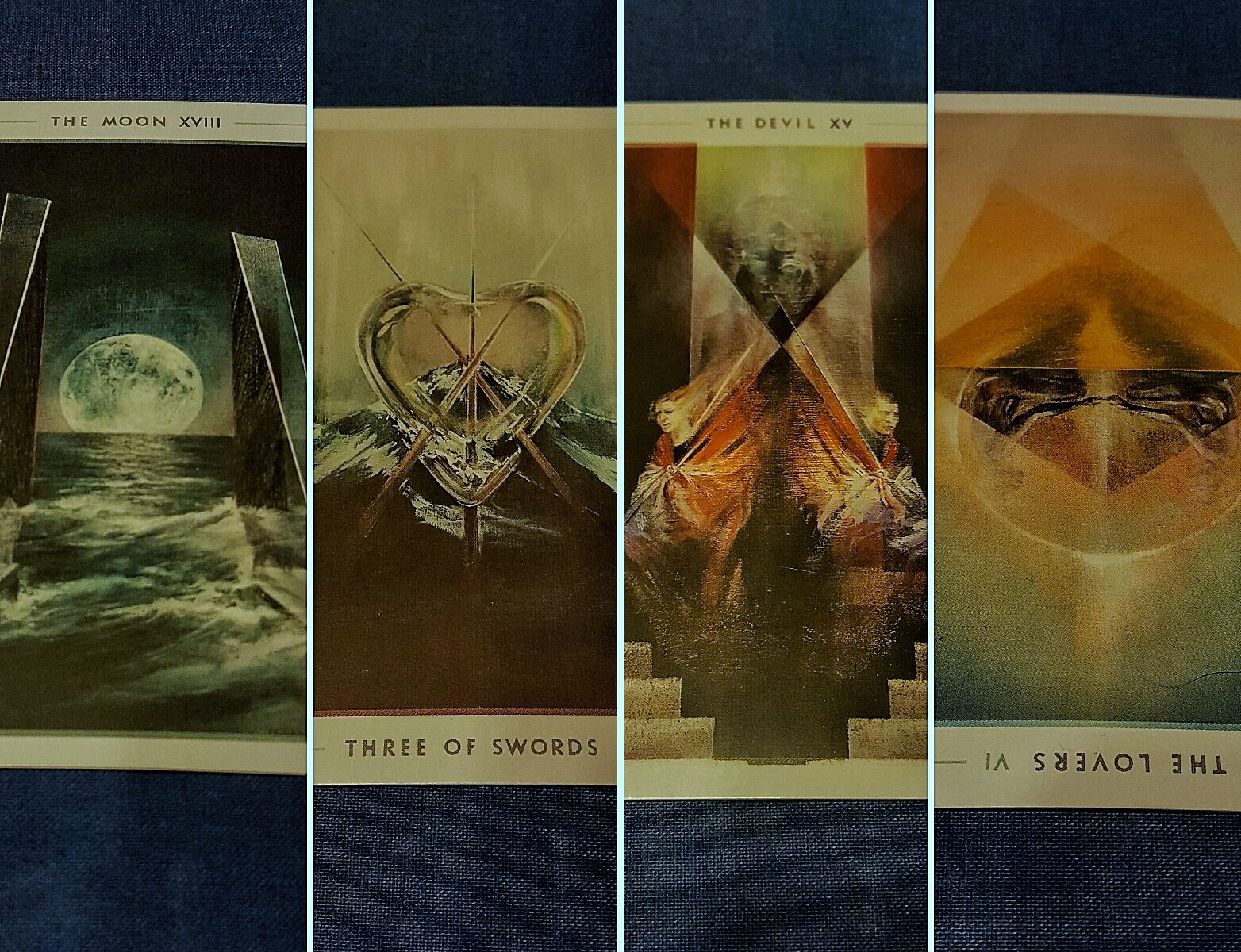
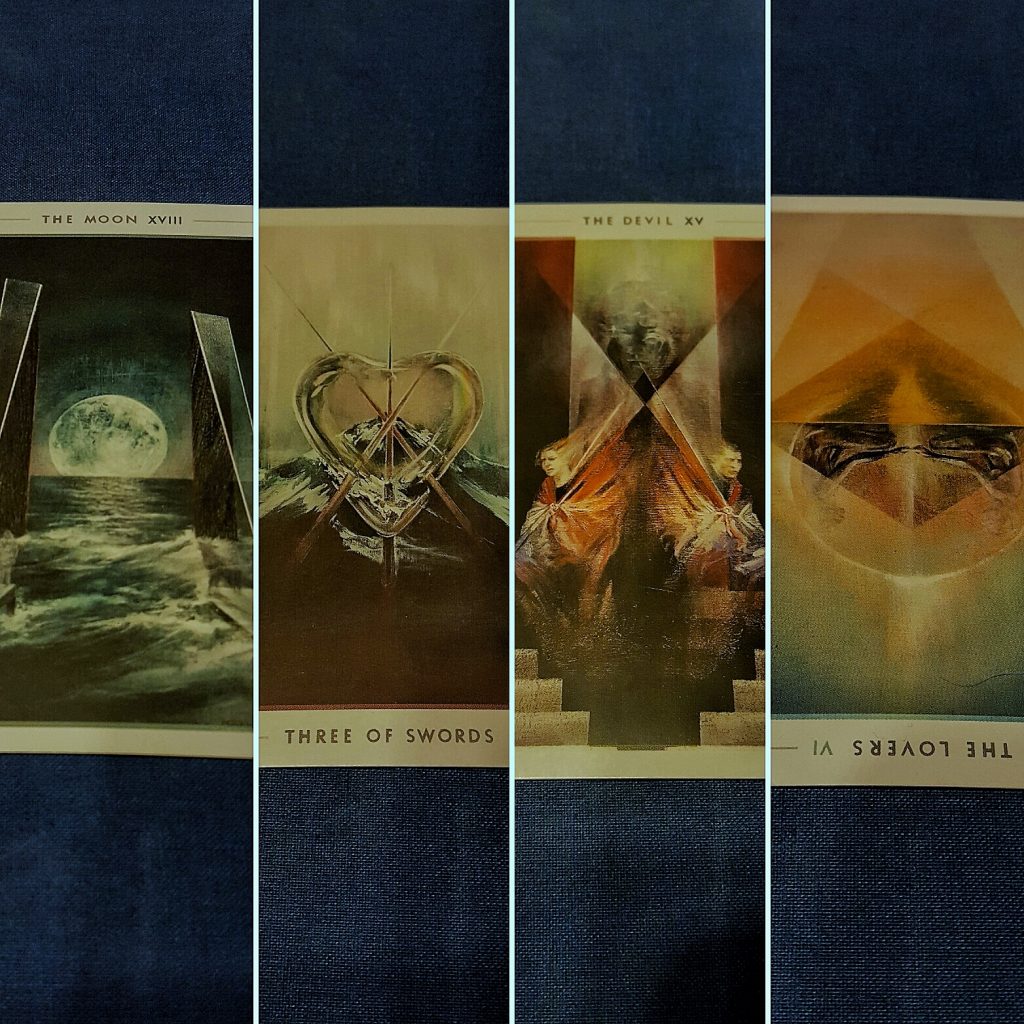
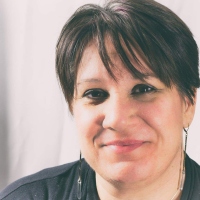
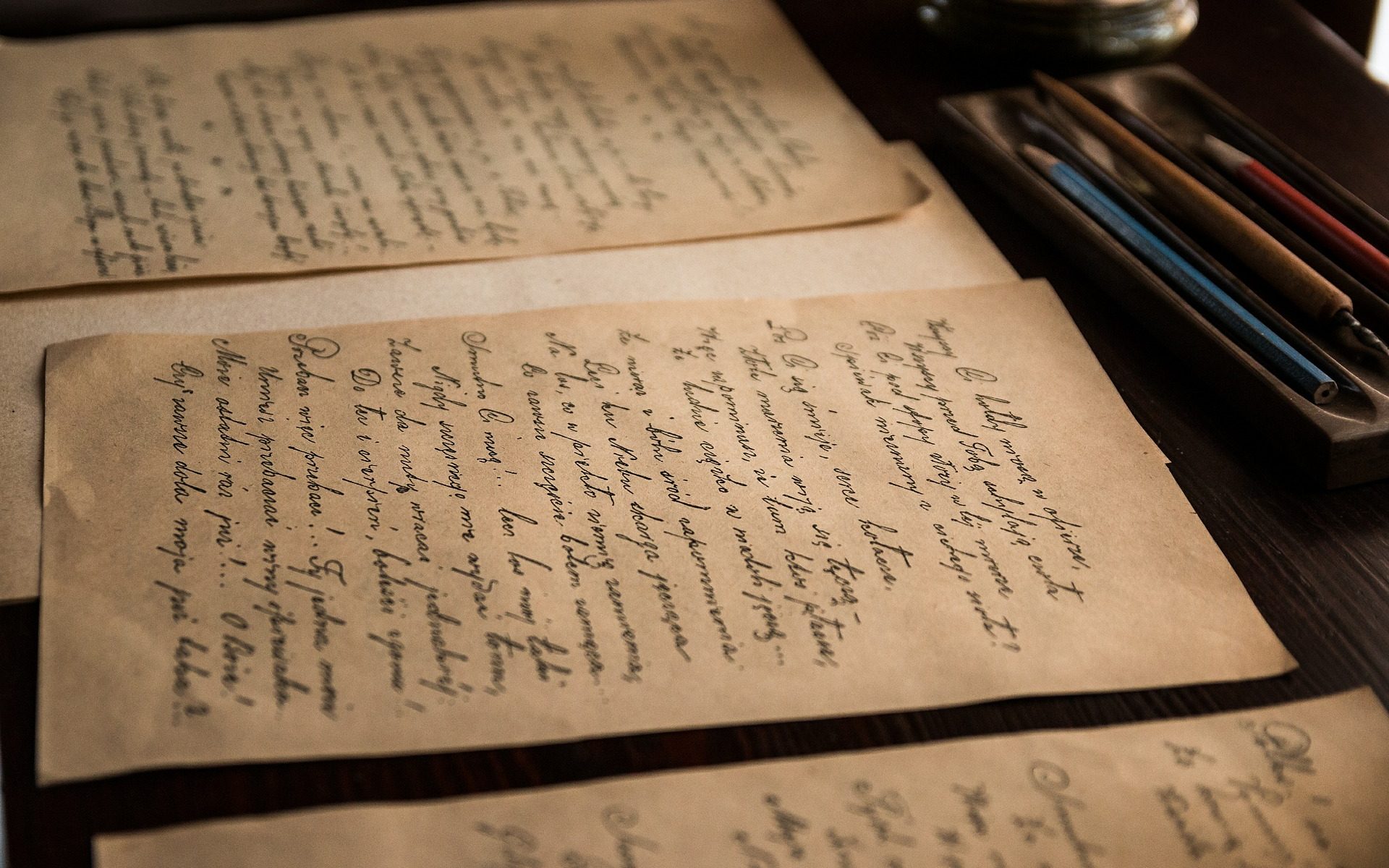
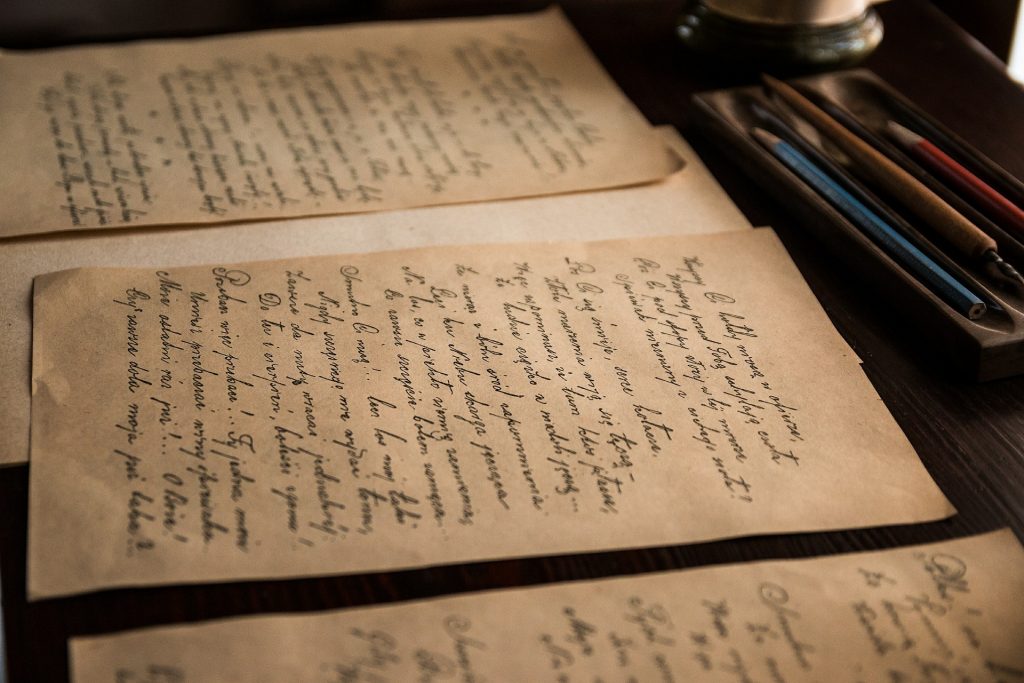
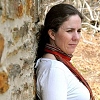 Andi Cumbo-Floyd is a writer, editor, and farmer, who lives on 15 blissful acres at the edge of the Blue Ridge Mountains with her husband, 6 goats, 4 dogs, 4 cats, and 22 chickens. Her books include Steele Secrets, The Slaves Have Names, and Writing Day In and Day Out. The next book in her Steele Secrets Series,
Andi Cumbo-Floyd is a writer, editor, and farmer, who lives on 15 blissful acres at the edge of the Blue Ridge Mountains with her husband, 6 goats, 4 dogs, 4 cats, and 22 chickens. Her books include Steele Secrets, The Slaves Have Names, and Writing Day In and Day Out. The next book in her Steele Secrets Series, 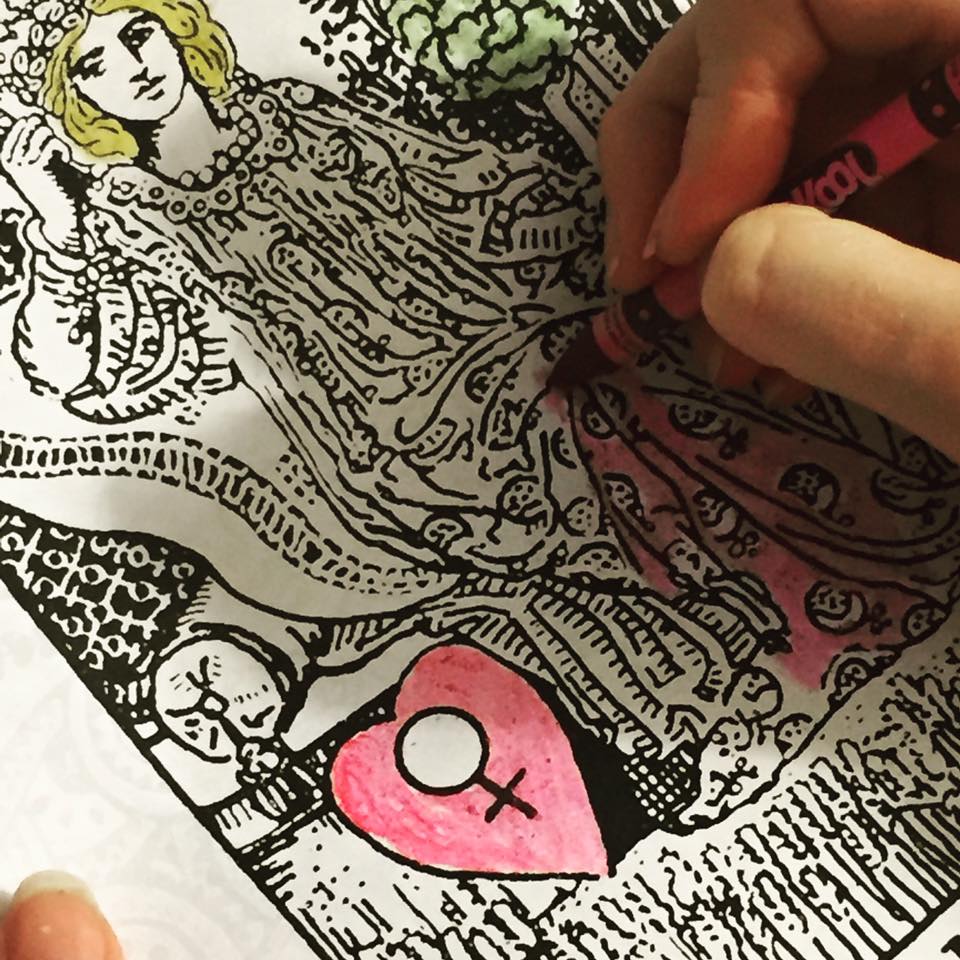
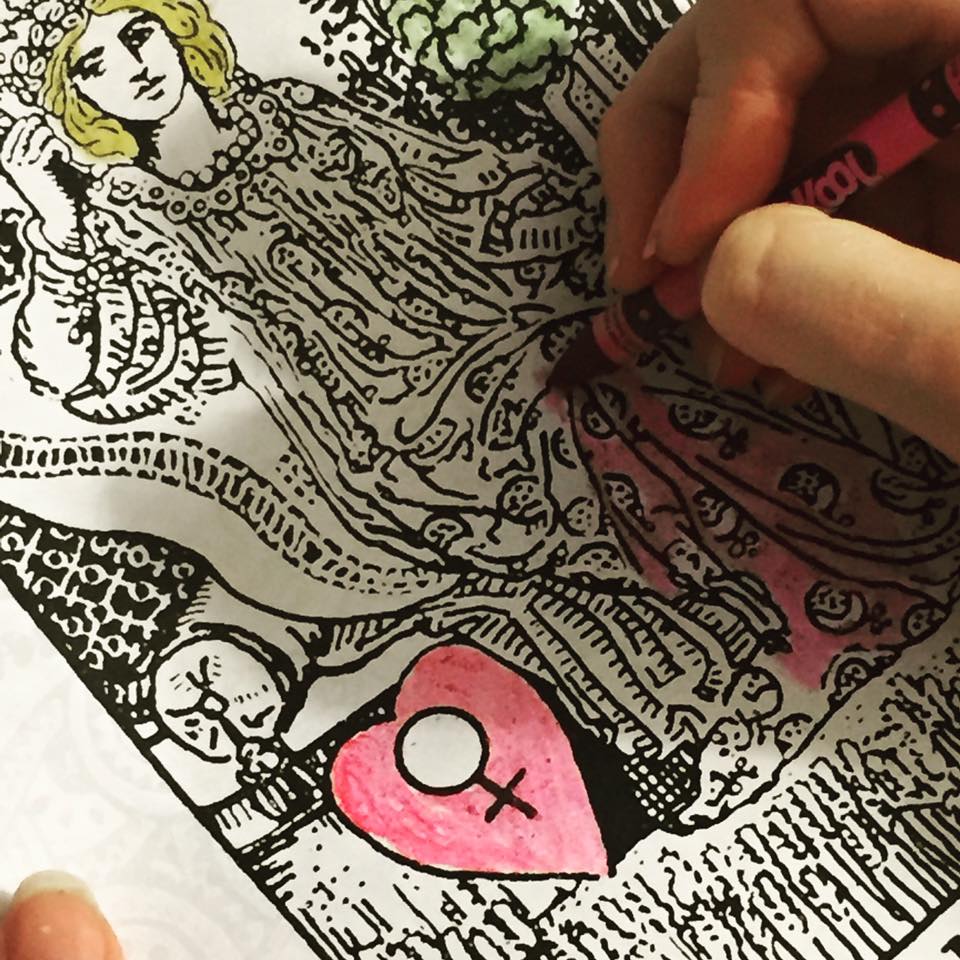
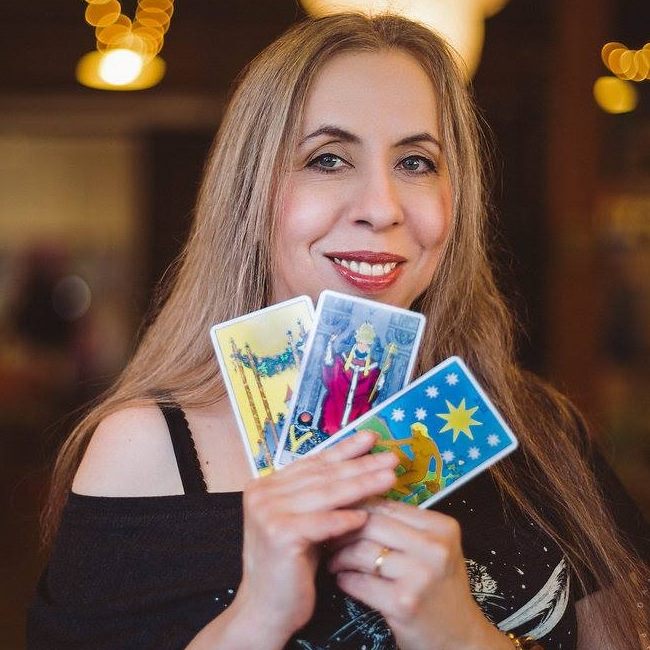 Theresa Reed (aka “The Tarot Lady”) has been a full-time Tarot card reader for close to 30 years. She is the author of
Theresa Reed (aka “The Tarot Lady”) has been a full-time Tarot card reader for close to 30 years. She is the author of 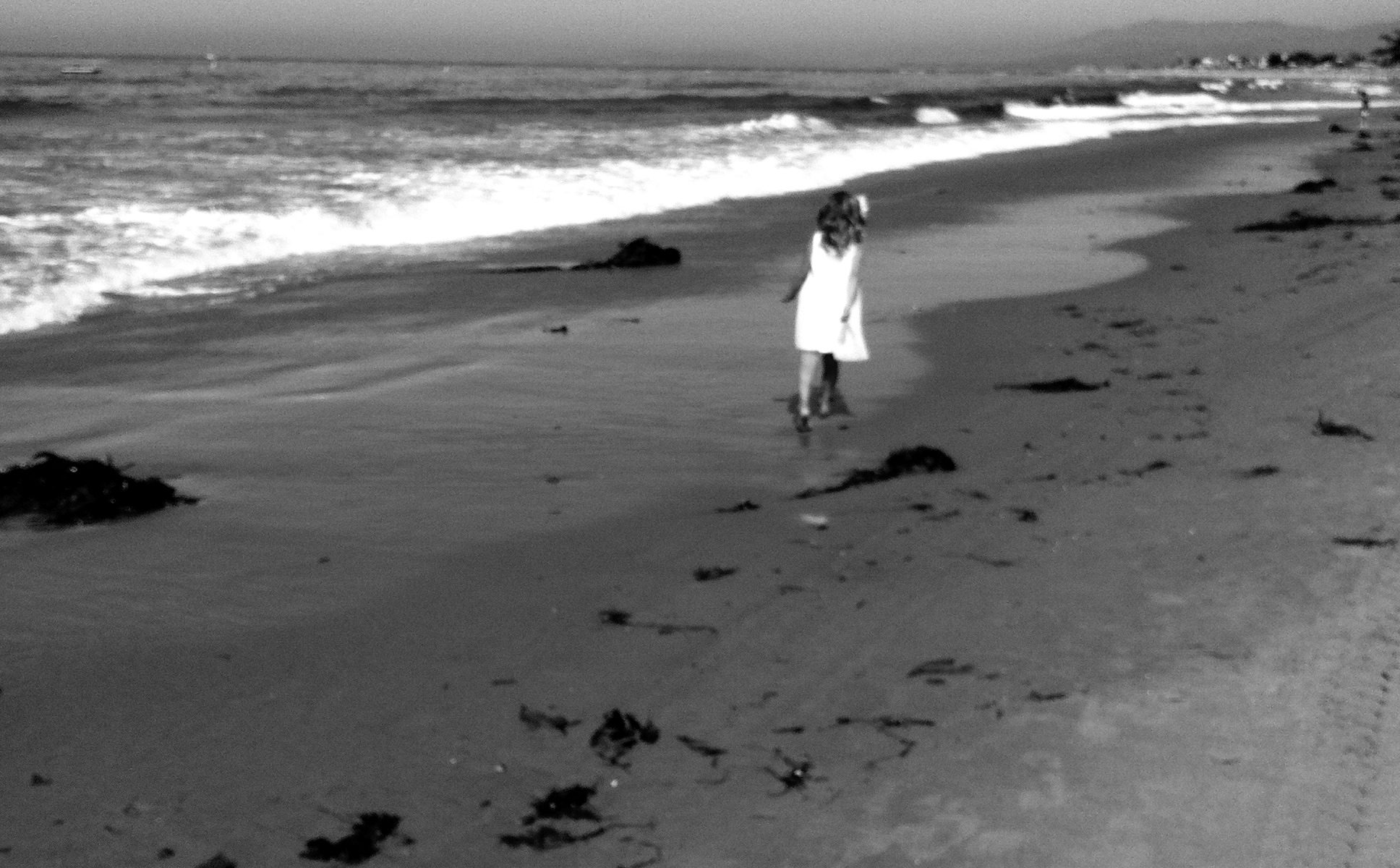
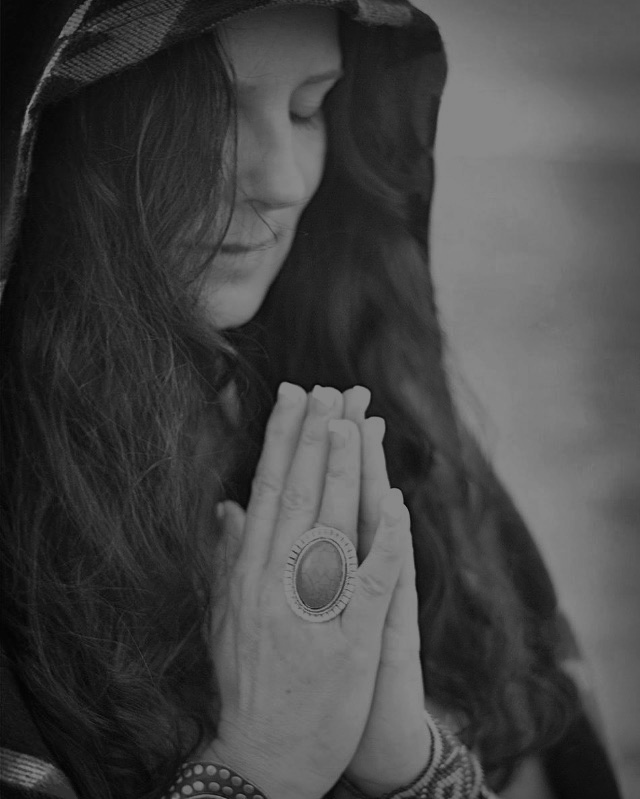
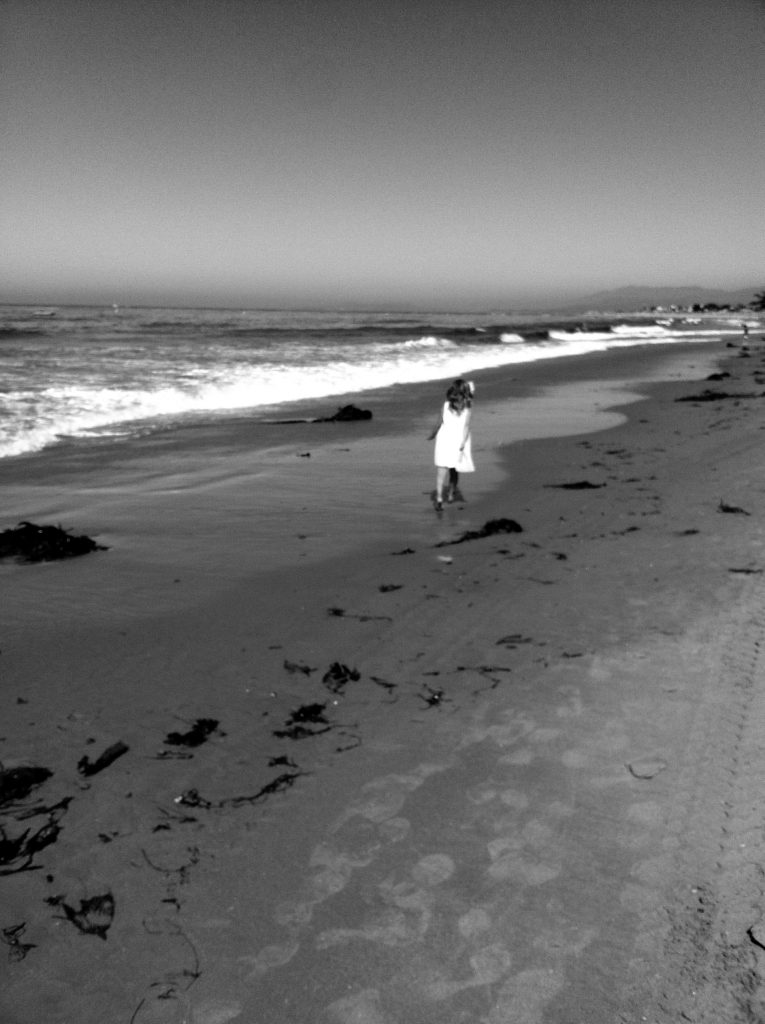
 Kolleen Harrison is a creative living in the beautiful Central Coast of California. She is the Founder of LOVEwild and Founder/Maker of Mahabba Beads. Her passions lie in nurturing her relationship with God, loving on her happily dysfunctional family, flinging paint in her studio, dancing barefoot, making jewelry (that is so much more than “just jewelry”), and spreading love and kindness wherever and whenever she can. You can find her popping in and out at
Kolleen Harrison is a creative living in the beautiful Central Coast of California. She is the Founder of LOVEwild and Founder/Maker of Mahabba Beads. Her passions lie in nurturing her relationship with God, loving on her happily dysfunctional family, flinging paint in her studio, dancing barefoot, making jewelry (that is so much more than “just jewelry”), and spreading love and kindness wherever and whenever she can. You can find her popping in and out at 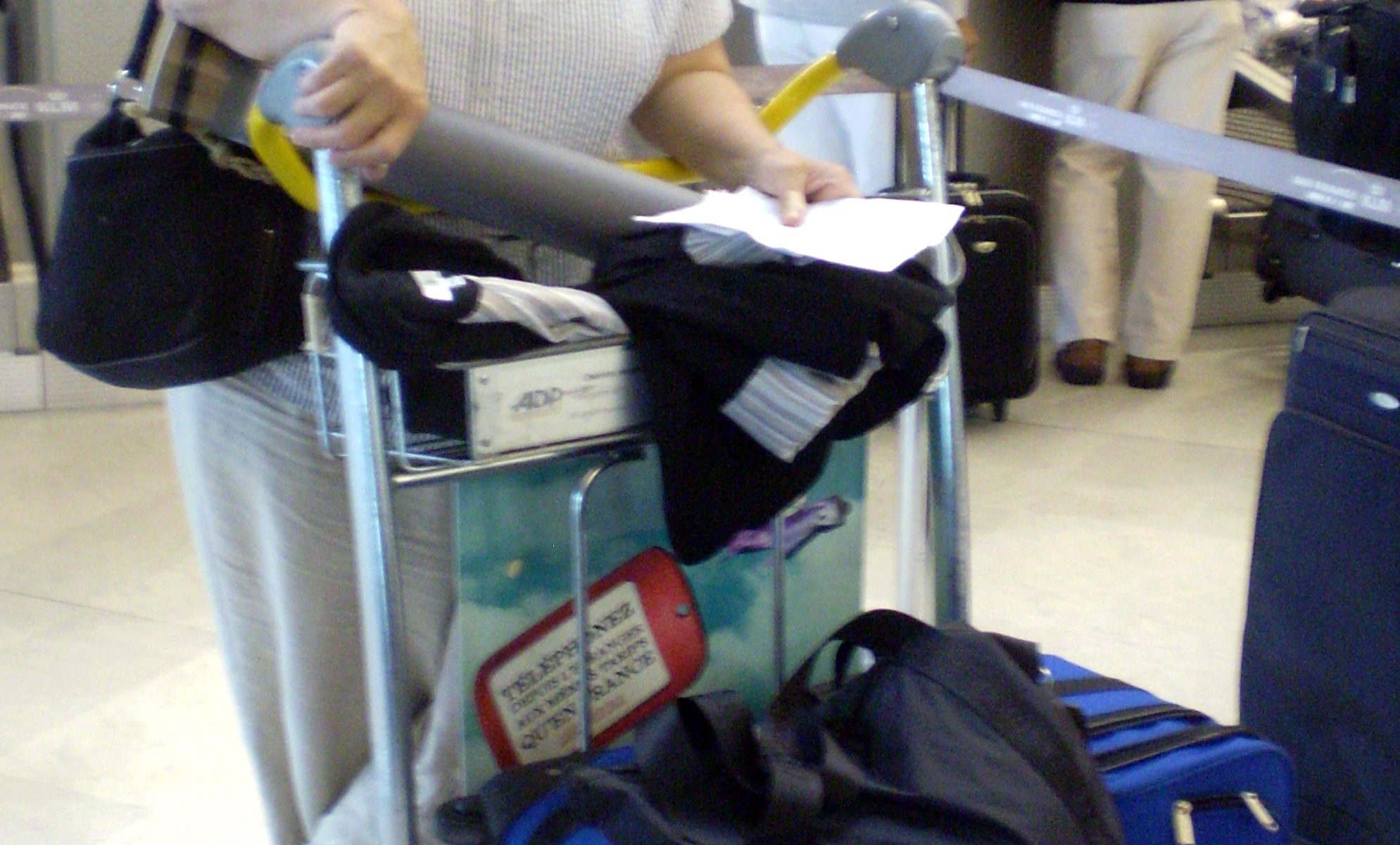
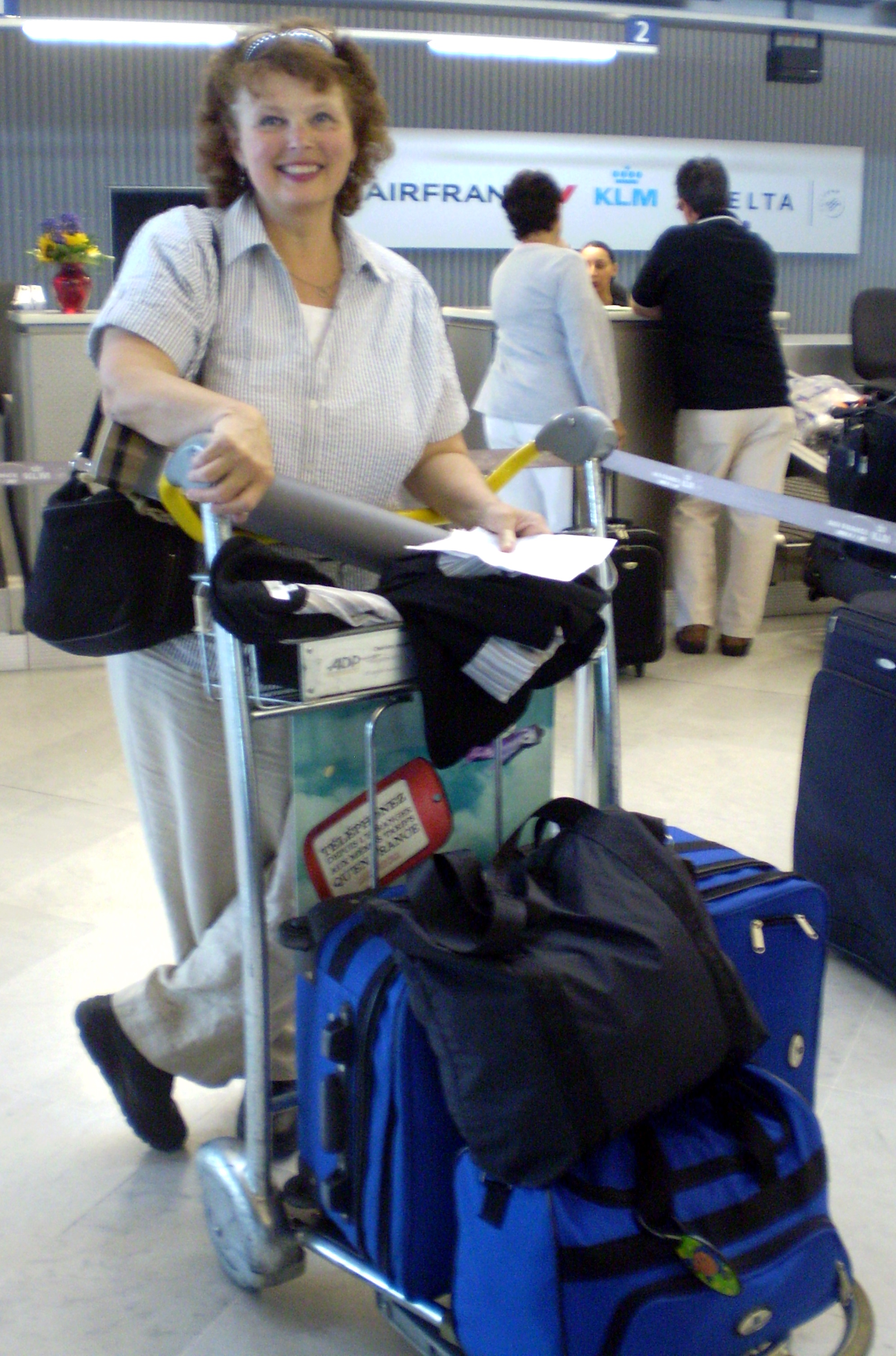 Rick was not impressed. That suitcase slowed me down big time. It was horribly clunky and heavy — definitely not an easy thing to haul up steps.
Rick was not impressed. That suitcase slowed me down big time. It was horribly clunky and heavy — definitely not an easy thing to haul up steps. It took me a long time to learn to pack lighter for travel. Even on my first trip to France in 2009, I was loaded down. And that was arriving. Just imagine after shopping for two weeks!
It took me a long time to learn to pack lighter for travel. Even on my first trip to France in 2009, I was loaded down. And that was arriving. Just imagine after shopping for two weeks!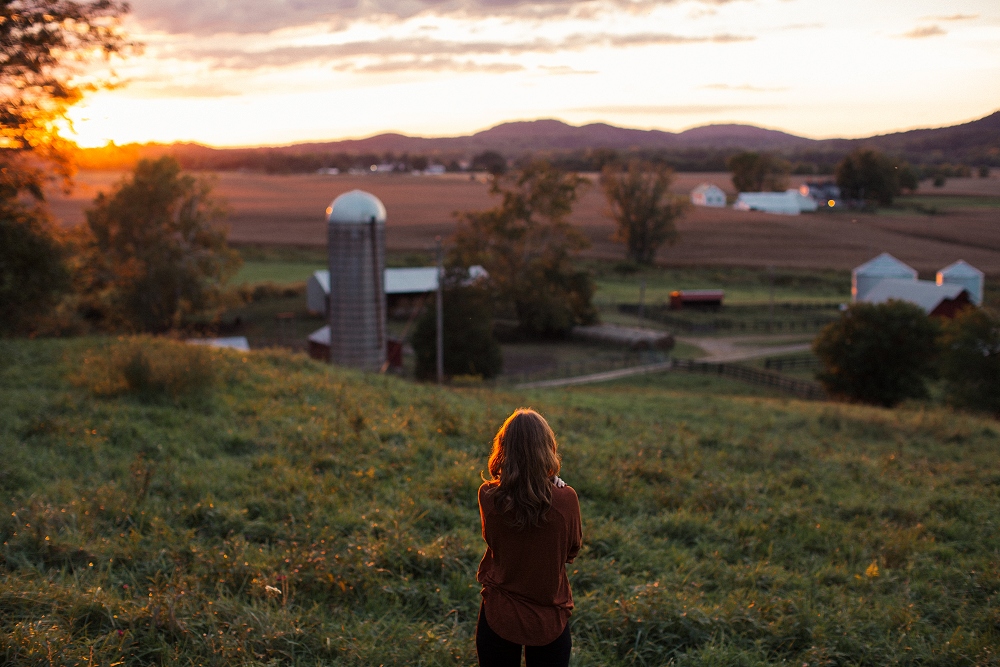


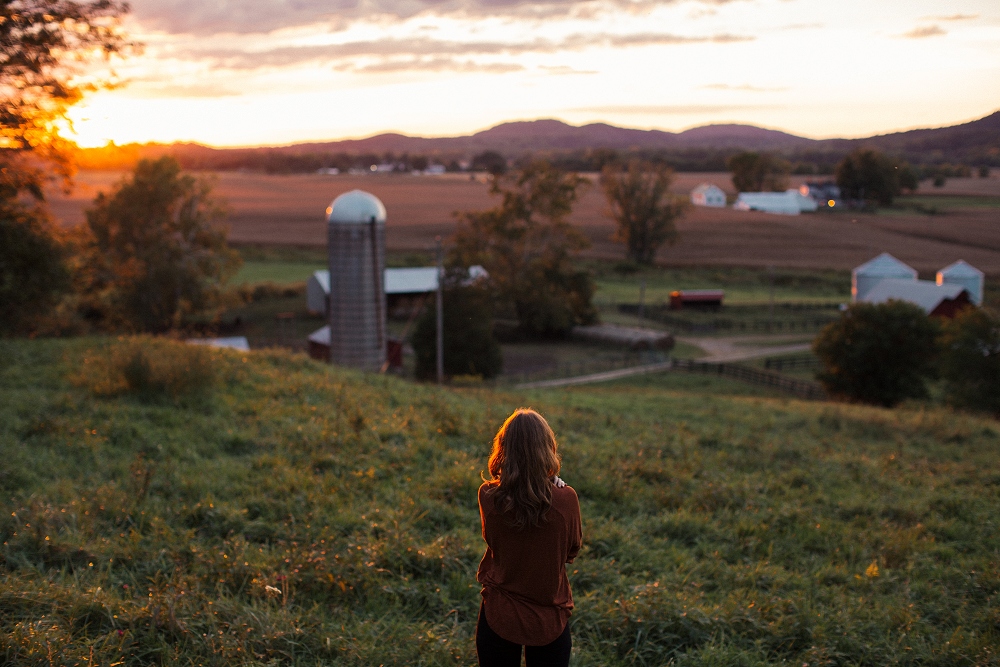
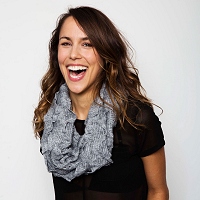 Rochelle Bilow is a writer, yogi, and spiritual seeker based in Syracuse, New York. After leaving her job at Bon Appétit magazine, she moved back to her hometown where she works as the social media at an advertising agency. She is also the author of the romance memoir, The Call of the Farm; connect with Rochelle on
Rochelle Bilow is a writer, yogi, and spiritual seeker based in Syracuse, New York. After leaving her job at Bon Appétit magazine, she moved back to her hometown where she works as the social media at an advertising agency. She is also the author of the romance memoir, The Call of the Farm; connect with Rochelle on 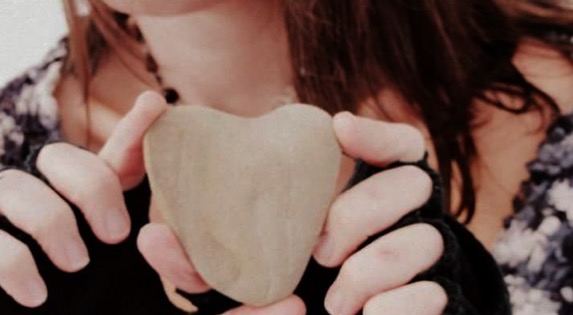
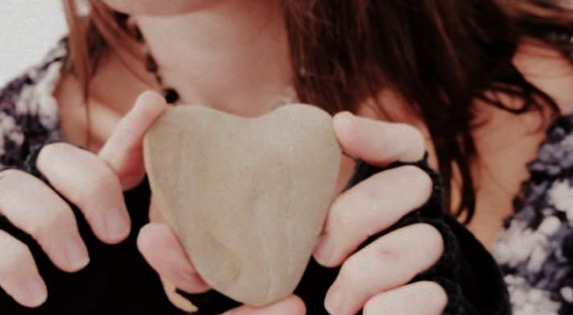
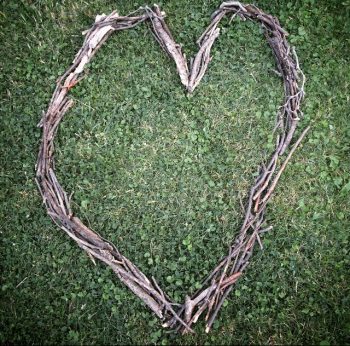 called my shoulders white as milk and swore he’d never kiss me or we’d both die from it.
called my shoulders white as milk and swore he’d never kiss me or we’d both die from it.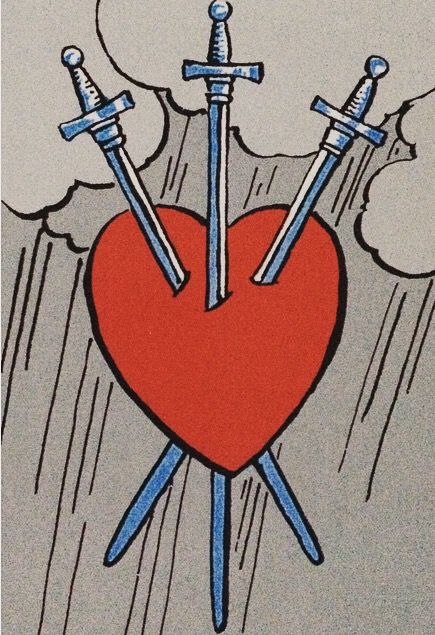 I was still a damn fool.
I was still a damn fool.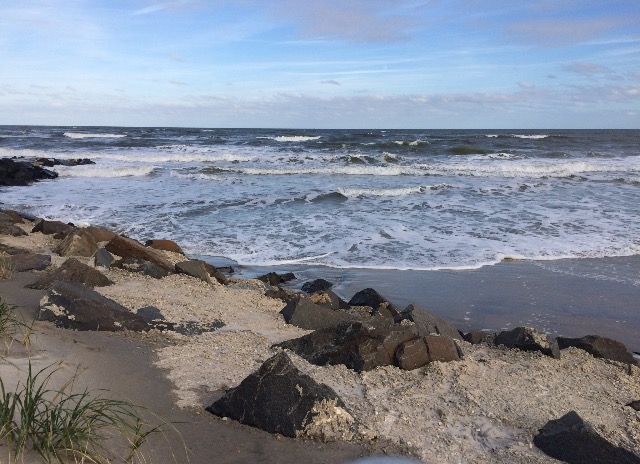
 Restless. Sleepless. Book-lover. Wordsmith. Deep roots. Prodigal heart. Teacher. Guide. Wanderer. Witch. Tea, tarot, hot baths, stitchcraft. Curator of narrative relics, remnants, & curiosities.
Restless. Sleepless. Book-lover. Wordsmith. Deep roots. Prodigal heart. Teacher. Guide. Wanderer. Witch. Tea, tarot, hot baths, stitchcraft. Curator of narrative relics, remnants, & curiosities.